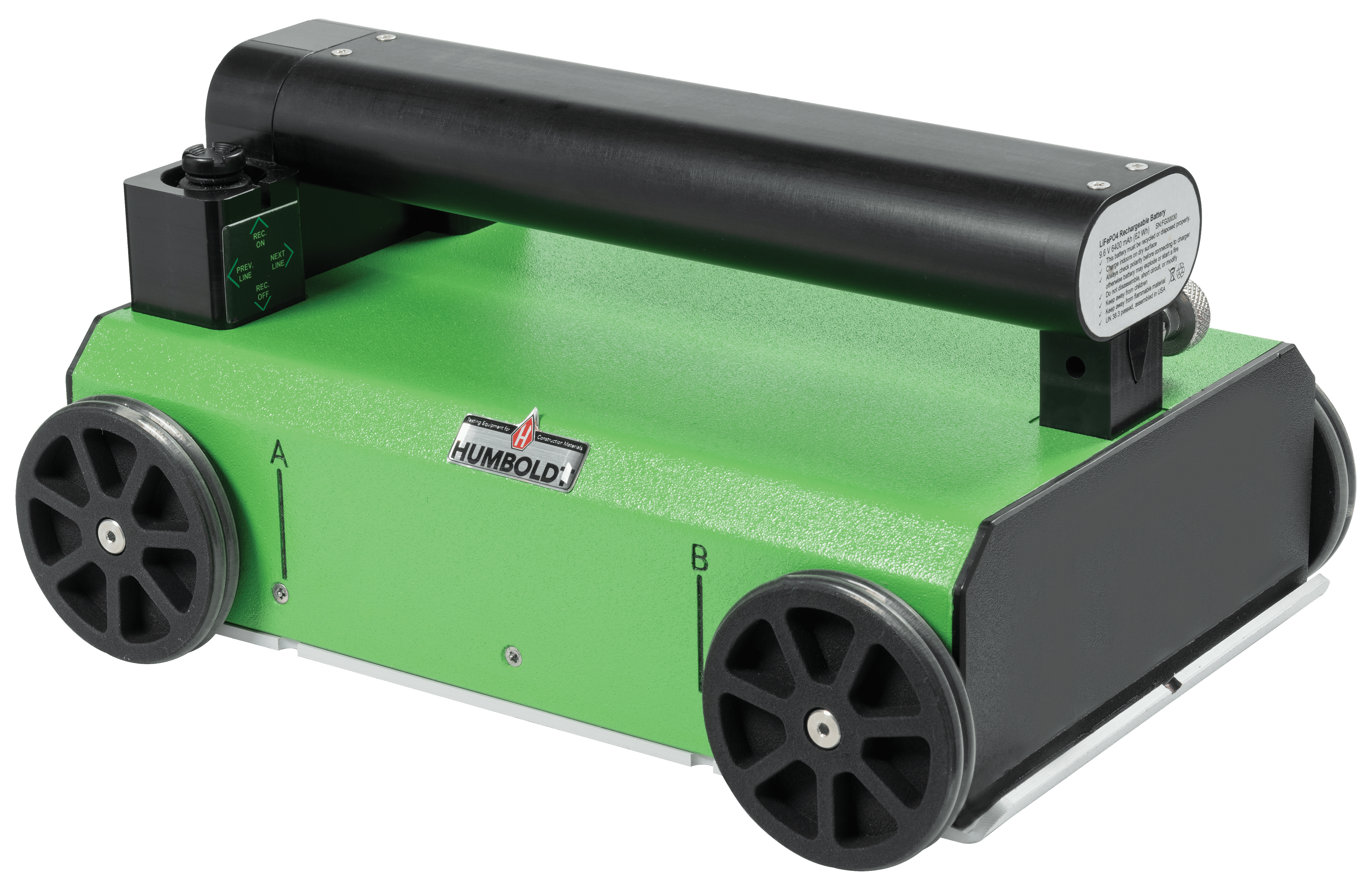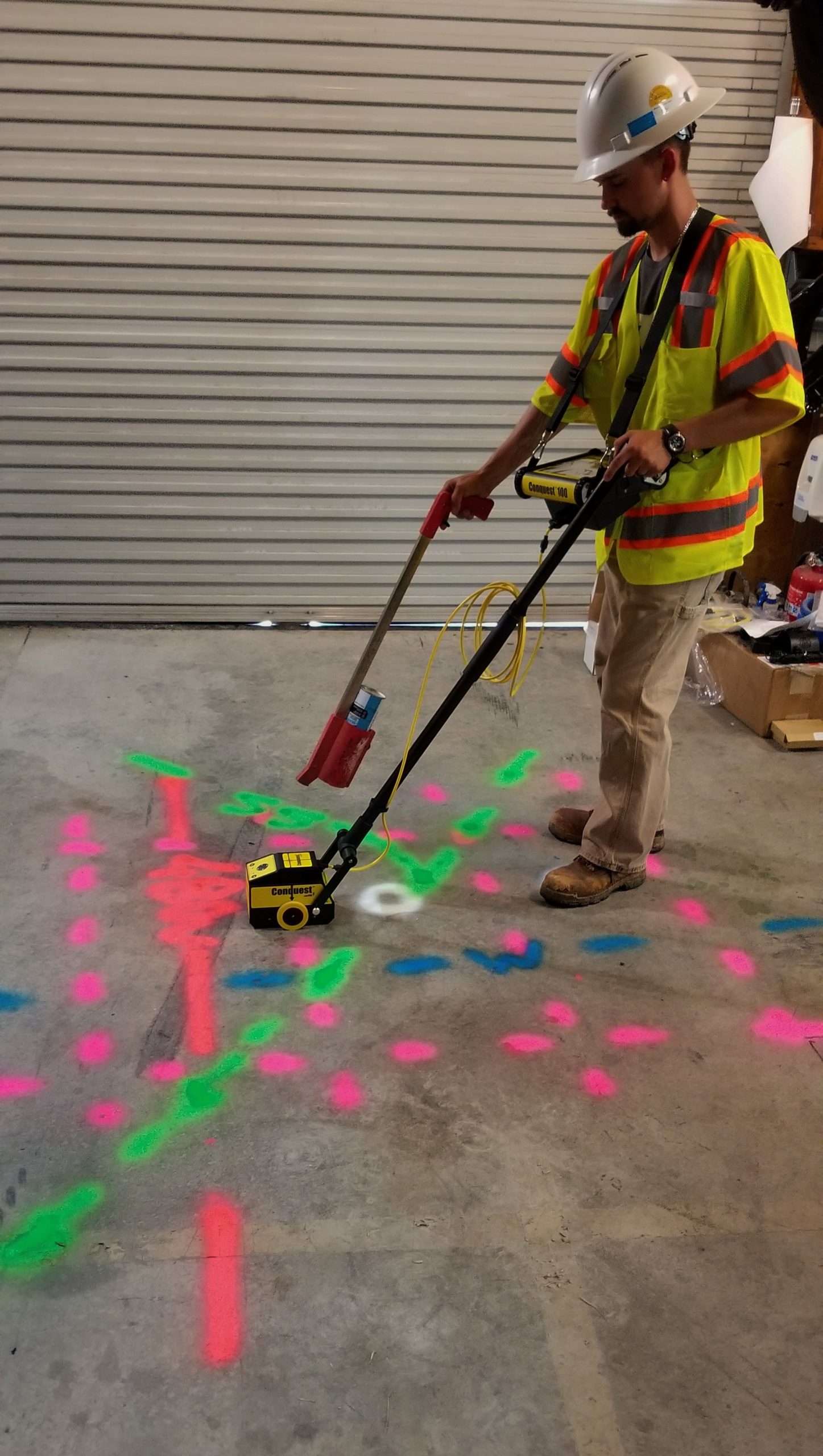Making The Most Of Performance and Decreasing Dangers: The Function of Concrete Scanning in Construction
In the world of building and construction, where precision and security are extremely important, the utilization of concrete scanning innovation has ended up being an indispensable tool for job supervisors and designers alike. By harnessing advanced scanning methods, building groups can navigate complicated settings with enhanced performance while mitigating potential risks that could endanger both timelines and budget plans.

Importance of Concrete Scanning
Concrete scanning plays an important function in guaranteeing the structural stability and safety of construction projects by accurately identifying ingrained objects and prospective risks within concrete structures. By utilizing numerous scanning modern technologies such as ground-penetrating radar (GPR) and electro-magnetic induction, building and construction groups can determine rebar, post-tension cords, channels, and other hidden obstacles prior to exploration, reducing, or coring into concrete. This proactive strategy aids stop expensive damages, injuries, and task hold-ups that may arise from accidentally striking these things throughout building activities.
Moreover, concrete scanning help in compliance with safety laws and high quality standards by providing precise information concerning the problem of concrete structures. It permits job supervisors and designers to make informed decisions regarding architectural adjustments, repair work, or supports based on reliable information obtained with scanning processes. Additionally, the exact mapping of embedded items makes sure the efficient implementation of building strategies, lessening the risk of mistakes and ensuring the durability and resilience of the constructed atmosphere. Inevitably, purchasing concrete scanning solutions adds to the overall success and safety and security of construction jobs.

Advanced Innovation in Construction
Offered the raising demand for precision and performance in construction practices, the integration of advanced technology has actually come to be crucial in boosting job results and making sure ideal safety measures. BIM permits for far better partnership among stakeholders, improved visualization of the project, and boosted decision-making throughout the building process. The implementation of Increased Truth (AR) and Online Truth (VR) technologies in building and construction style and planning phases allows stakeholders to imagine the final item, determine potential concerns, and make needed adjustments prior to building begins.

Benefits of Item Mapping
The application of things mapping technology in building jobs uses a plethora of benefits that boost task preparation and implementation. Among the key benefits of object mapping is its ability to provide in-depth and exact info regarding the place of below ground utilities, structural elements, and various other items within the building and construction website. This info is essential for making certain that excavation and exploration tasks are lugged out securely and effectively, lessening the danger of damage to existing infrastructure.
Furthermore, things mapping modern technology makes it possible for building and construction teams to create exact 3D versions of the site, allowing for better visualization of the task and enhanced sychronisation among various professions - RainierGPR Concrete Scanning. This enhanced spatial recognition aids to determine potential clashes and problems early in the preparation stages, lowering the requirement for expensive rework and delays throughout construction
In addition, things mapping can additionally improve the documents process by giving digital documents of the site previously, throughout, and after building. These documents function as useful references for future maintenance and improvement jobs, inevitably improving the long-lasting performance and sustainability of the built atmosphere.
Protecting Against Costly Errors
Object mapping innovation's role in construction expands beyond enhancing task planning and implementation to include an important aspect: protecting against expensive mistakes. By utilizing advanced concrete scanning strategies, building groups can determine possible risks such as rebar blockage, post-tension cords, or voids within concrete frameworks. Overall, the positive use of concrete scanning innovations in construction jobs discover this significantly lessens the threat of errors and inevitably contributes to cost financial savings and project effectiveness.
Ensuring Safety And Security and High Quality
To promote the highest standards of safety and security and quality in building tasks, the implementation of concrete scanning innovation plays a pivotal function. By using innovative scanning techniques such as ground-penetrating radar (GPR) and electromagnetic induction, building and construction groups can spot prospective threats hidden within concrete structures prior to commencing any work. This positive technique not just minimizes the risk of mishaps on the building and construction website but also guarantees the architectural honesty of the structure.
Concrete scanning also assists in validating the positioning of rebar, conduits, and post-tension cable televisions, ensuring that these aspects are properly positioned according to the style specs. This accuracy in finding essential parts aids prevent errors during the building process, eventually resulting in a higher high quality completed product. Additionally, by identifying any anomalies or inconsistencies within the concrete early on, necessary adjustments can be made without delay, reducing the likelihood of rework and pricey hold-ups.
Fundamentally, concrete scanning innovation works as a valuable device in guarding both the safety and security of building workers and the overall top quality of the developed atmosphere. Its ability to detect possible dangers and guarantee adherence to style standards makes it an essential asset in modern-day building practices.

Conclusion
In final thought, concrete scanning plays a critical duty in taking full advantage of effectiveness and decreasing threats in building and construction tasks. By utilizing advanced technology for object mapping, potential costly mistakes can be protected against, ensuring safety and security and quality of the last structure. It is necessary for construction companies to focus on making use of concrete scanning to improve efficiency, alleviate dangers, and deliver premium lead to their projects.
Concrete scanning plays an important role in ensuring the architectural honesty visit the website and security of building projects by properly identifying ingrained items and potential threats within concrete frameworks. The application of Augmented Fact (AR) and Online Reality (VIRTUAL REALITY) innovations in construction layout and preparation phases allows stakeholders to visualize the last product, identify possible issues, and make essential modifications before building and construction begins. By try this employing sophisticated concrete scanning techniques, building and construction teams can recognize prospective hazards such as rebar blockage, post-tension cables, or gaps within concrete structures. On the whole, the proactive usage of concrete scanning technologies in building and construction projects dramatically reduces the threat of errors and inevitably contributes to set you back financial savings and job performance.
To support the highest possible standards of security and quality in building tasks, the implementation of concrete scanning modern technology plays an essential role.